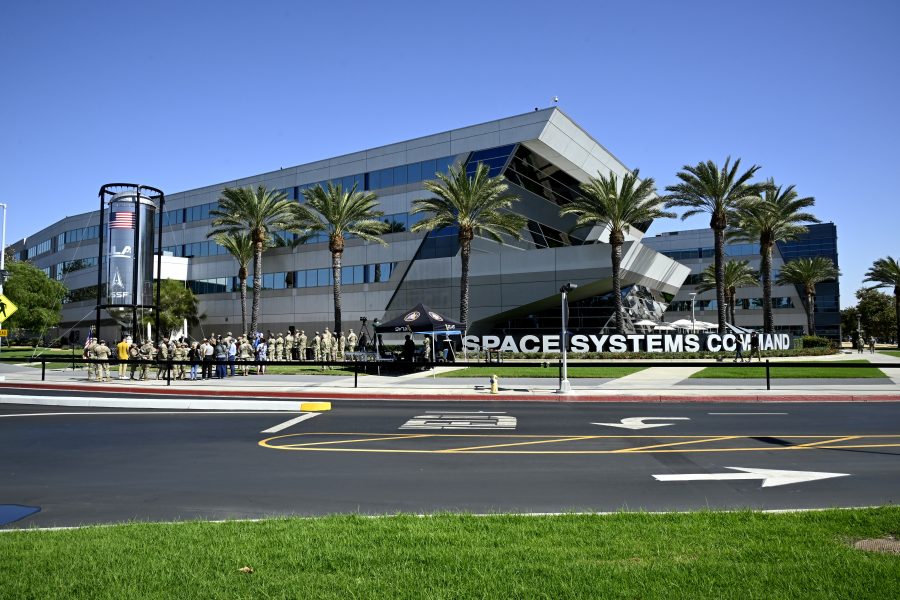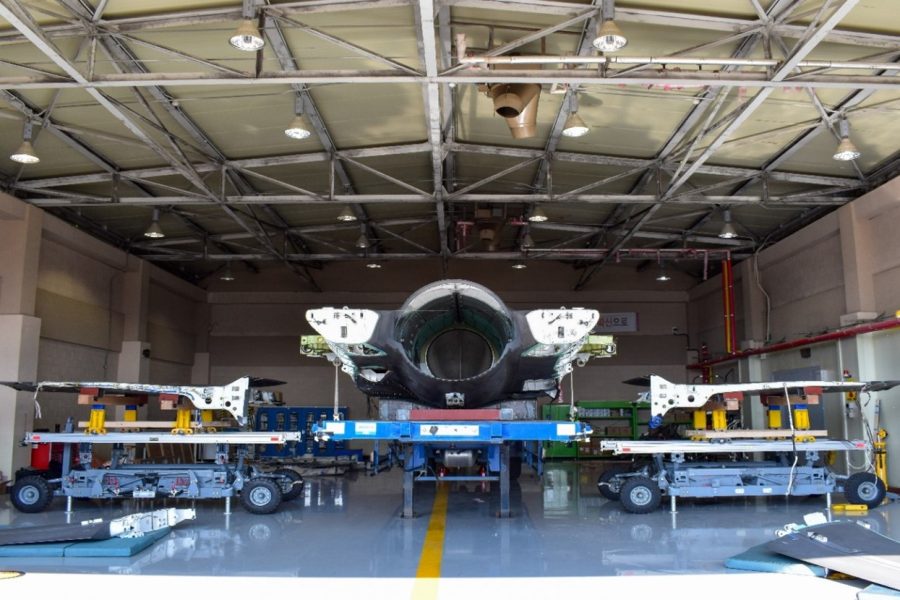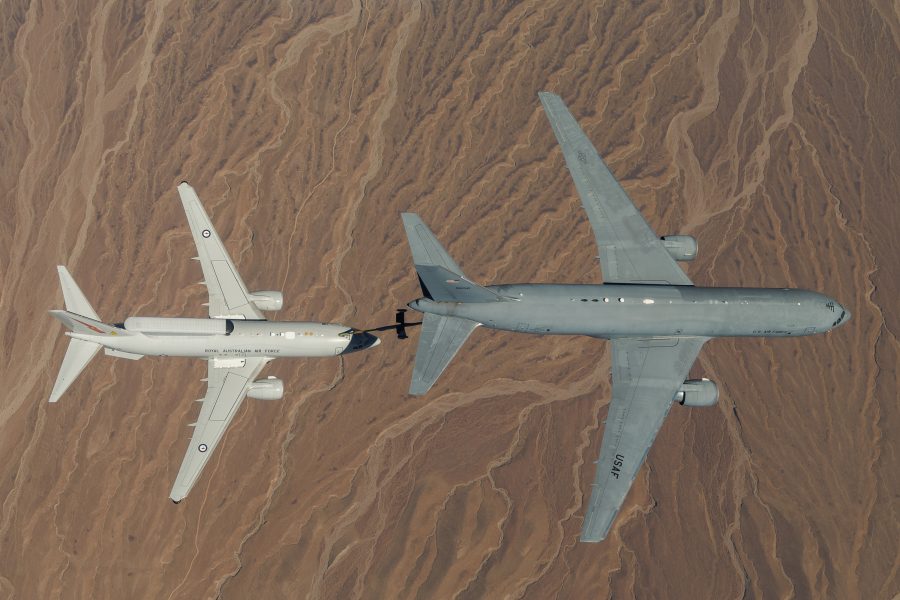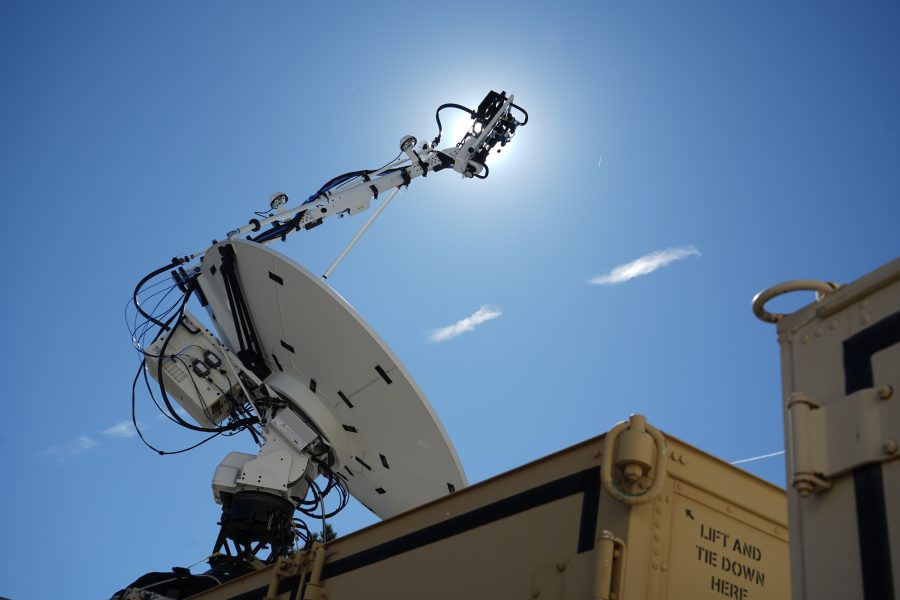
In an Oval Office reveal Tuesday, flanked by U.S. military generals and Republican senators, President Donald Trump offered new details about his ambitious Golden Dome missile shield project, which he expects to have a price tag of around $175 billion and be completed before the end of his term.
“I’m pleased to announce that we have officially selected an architecture for this state-of-the-art system that will deploy next-generation technologies across the land, sea and space, including space-based sensors and interceptors,” Trump said. “Once fully constructed, the Golden Dome will be capable of intercepting missiles even if they are launched from other sides of the world, and even if they’re launched from space. And we will have the best system ever built.”
Trump also announced he has appointed Gen. Michael Guetlein, the Space Force’s second in command, to oversee the effort, which has become one of the president’s signature defense projects just months into his second term.
Guetlein, currently vice chief of space operations, previously led the Space Force’s primary acquisition organization, Space Systems Command. There, he oversaw major development efforts and helped streamline the space enterprise’s notoriously fragmented acquisition system. Earlier in his career, he served as deputy commander of the National Reconnaissance Office and program executive officer for programs and integration at the Missile Defense Agency — two of the organizations that will play a significant role in building out the Golden Dome architecture.
“I greatly appreciate your trust in me … and your trust in the team to deliver this,” Guetlein told Trump. “It is a great day for America.”
Iron Dome for America gets a golden makeover
Trump first announced plans to develop an advanced, layered homeland missile shield in the early days of his second presidency, issuing an executive order that called for a 60-day study of architecture options. The capability is expected to include a mix of ground and space-based interceptors designed to defeat a spectrum of threats — from lower-end weapons to advanced hypersonic and cruise missiles.
While the current homeland missile defense system focuses on threats from rogue nations like North Korea and Iran rather than from peer adversaries like China or Russia, Trump’s homeland missile defense shield would focus on addressing threats from peer adversaries, as well as those rogue threats.
Beyond his cost and schedule projections — and an assertion that Canada had signed on to be part of Golden Dome — Trump was light on details about the architecture and approach to fielding what many analysts and officials have called a bold and challenging endeavor. He alluded to fielding space-based and hypersonic interceptors but offered little more about the scope of the project.
Trump’s promise Tuesday to deliver the layered, integrated system in around “two-and-a-half to three years” would require the Defense Department to field the more advanced elements of the architecture years ahead of schedule. For example, the space-based missile interceptors that he said will be part of the effort have not yet been developed. Meanwhile, hypersonic interceptors are not expected to be developed and delivered until the mid-2030s.
While the more advanced elements of Golden Dome will take time to deliver, several pieces of the architecture are already in various stages of development.
That includes a space-based missile defense and tracking layer comprised of satellites and sensors that can identify and monitor high-end missile threats, which MDA and the Space Force are currently developing and fielding. Those capabilities are part of the Space Development Agency’s Proliferated Warfighter Space Architecture and could potentially be scaled to support Golden Dome.
Republicans in Congress have largely been supportive of Golden Dome.
In February, Sens. Dan Sullivan, R-Alaska, and Kevin Cramer, R-N.D. — both of whom were in the Oval Office for Tuesday’s announcement — introduced a bill that proposes $19.5 billion for Golden Dome in fiscal 2026.
Their bill, the Golden Dome Act, proposes the addition of Aegis Ashore Systems for U.S. territory — which took years to install in Romania and Poland — and the use of blimps for detecting complex threats. The Ground-Based Midcourse Defense system, or GMD, at Fort Greely, Alaska, would be expanded and upgraded with next-generation interceptors along with a brand-new interceptor site on the East Coast.
Meanwhile, the House GOP included $25 billion for the project in its budget reconciliation package for fiscal 2025 — a number that Trump referenced and validated in his remarks Tuesday.
Asked how confident he is that Congress will fully fund Golden Dome given the administration’s $175 billion cost projection, Trump called the process “easy.”
“It’s amazing how easy this one is to fund,” he said. “Some funding is tough and some is easy. When we say we’re going to save everyone’s lives in a crazy world, it seems to be very easy to get.”
Trump noted that Golden Dome systems will be made in the U.S., but didn’t confirm whether contracts had been awarded. Sen. Jim Banks, R-Ind., highlighted the work that L3Harris, which is based in his home state, is doing to build out the current space-based sensor architecture.
Sullivan also referenced Lockheed and RTX, who have developed ground-based missile interceptors, while noting that the project will also likely involve more nontraditional defense contractors. Lockheed won the contract last year to build the interceptors that will replace the current ones.
“It’s all across the board in terms of companies. Sen. Cramer and I just met with a bunch of them last week that are interested in this,” he said. “Our technology sector is head and shoulders above any other place in the world, and they’re going to be a key part of this.”

/ Space
C4ISRNet
Bitcoin
Ethereum
Monero

Donate Bitcoin to The Bitstream
Scan the QR code or copy the address below into your wallet to send some Bitcoin to The Bitstream

Donate Ethereum to The Bitstream
Scan the QR code or copy the address below into your wallet to send some Ethereum to The Bitstream

Donate Monero to The Bitstream
Scan the QR code or copy the address below into your wallet to send some Monero to The Bitstream
Donate Via Wallets
Select a wallet to accept donation in ETH BNB BUSD etc..











